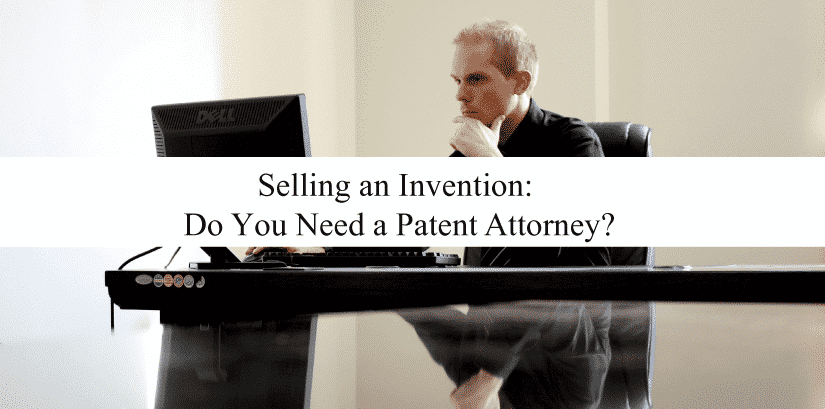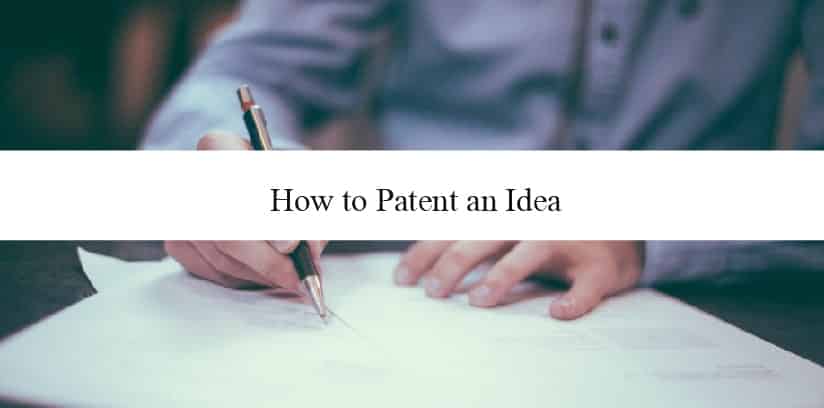Protect Intellectual Property Against Big Business

There are few things more powerful than an idea. Innovations and new inventions move society forward. They also allow entrepreneurs to build profitable businesses. For this reason, your ideas are one of your most important assets.
Selling an Invention: Do You Need a Patent Attorney?

You’ve developed or you’re creating an invention that solves a problem, and now you’re ready to reap the rewards. If you’re like most inventors, you’ll want to make money off of your invention while protecting your intellectual property rights at the same time.
How to Patent an Idea

Before you go about the process of seeking a patent, it’s important to understand exactly what a patent is. A patent is a type of intellectual property right that the government grants to an inventor over their invention.
